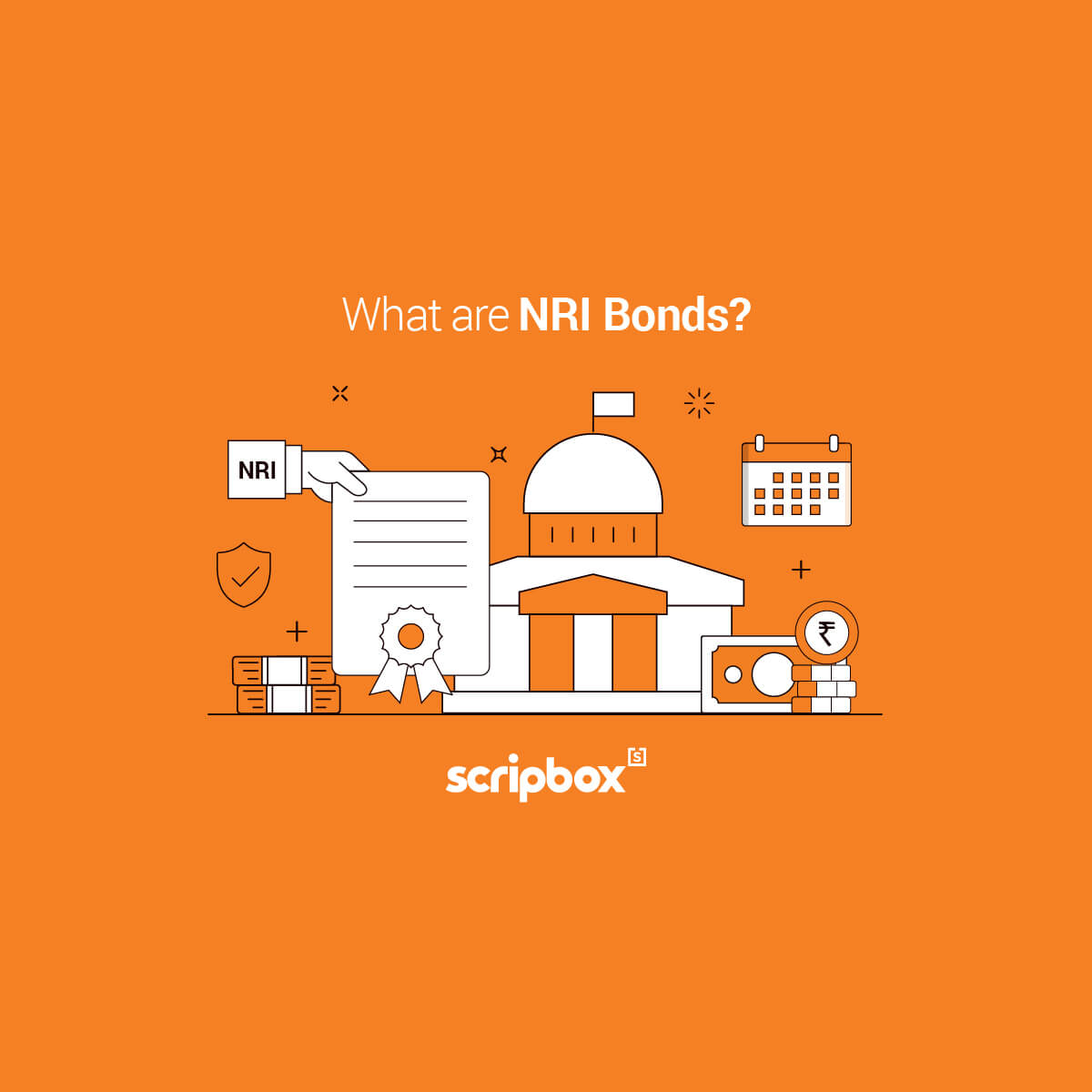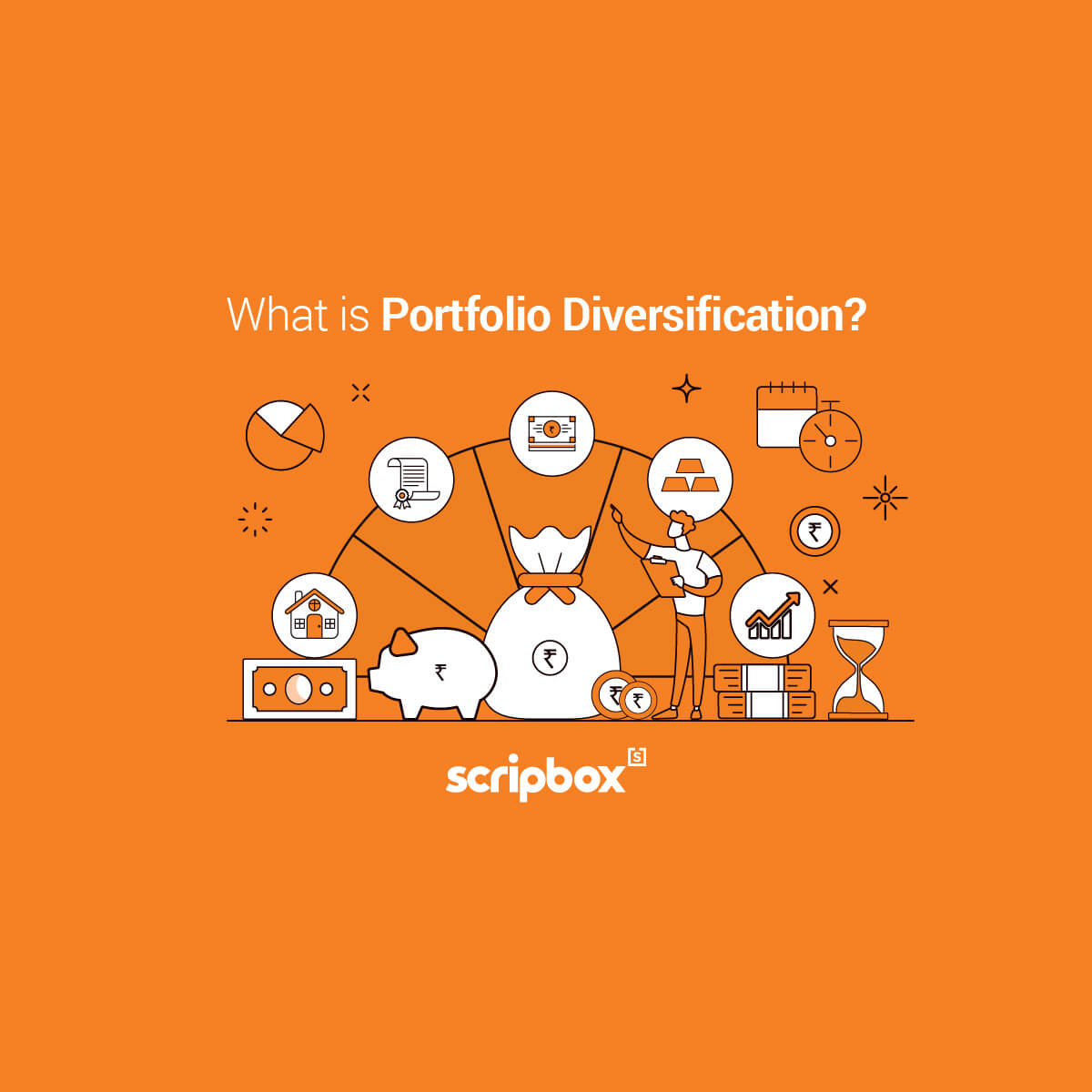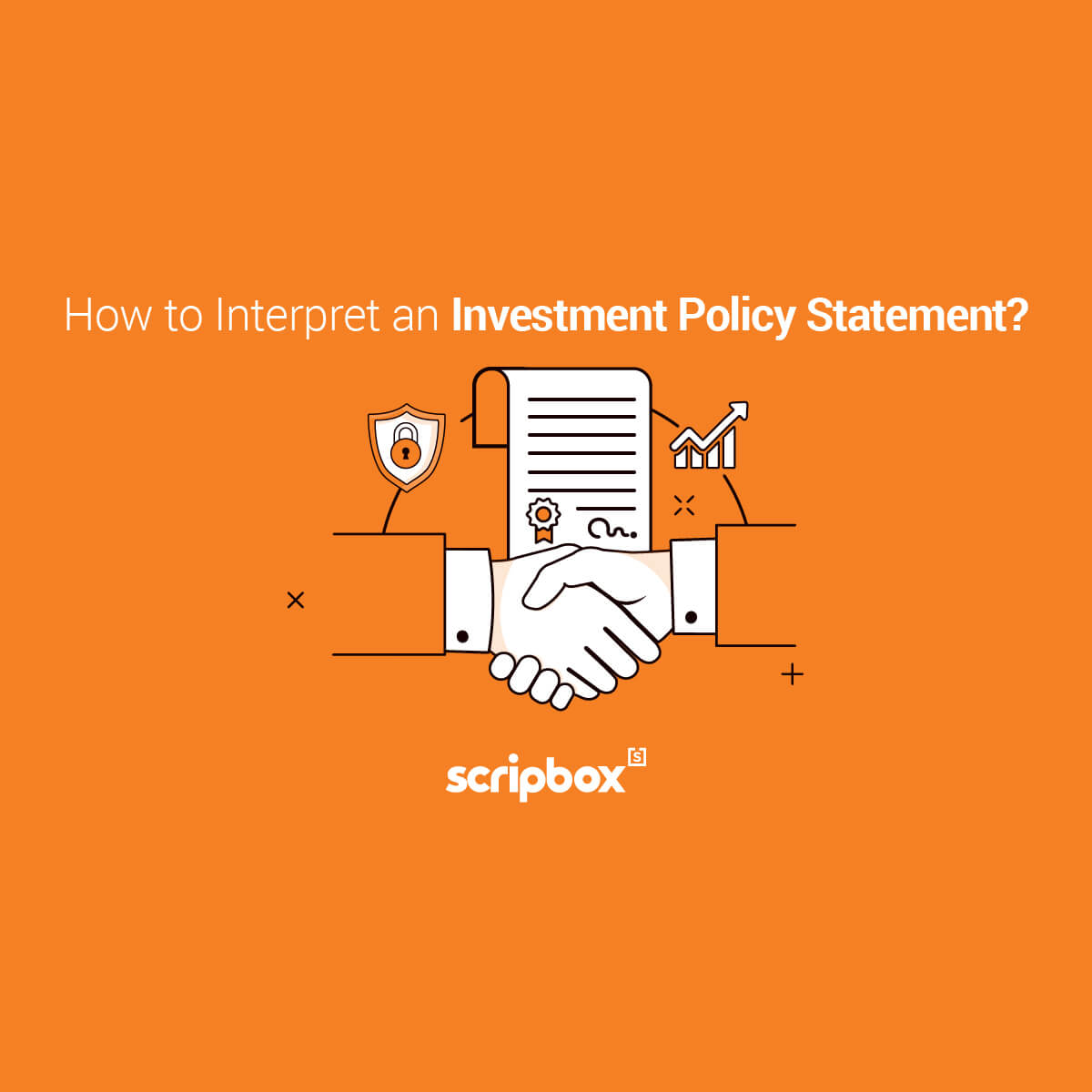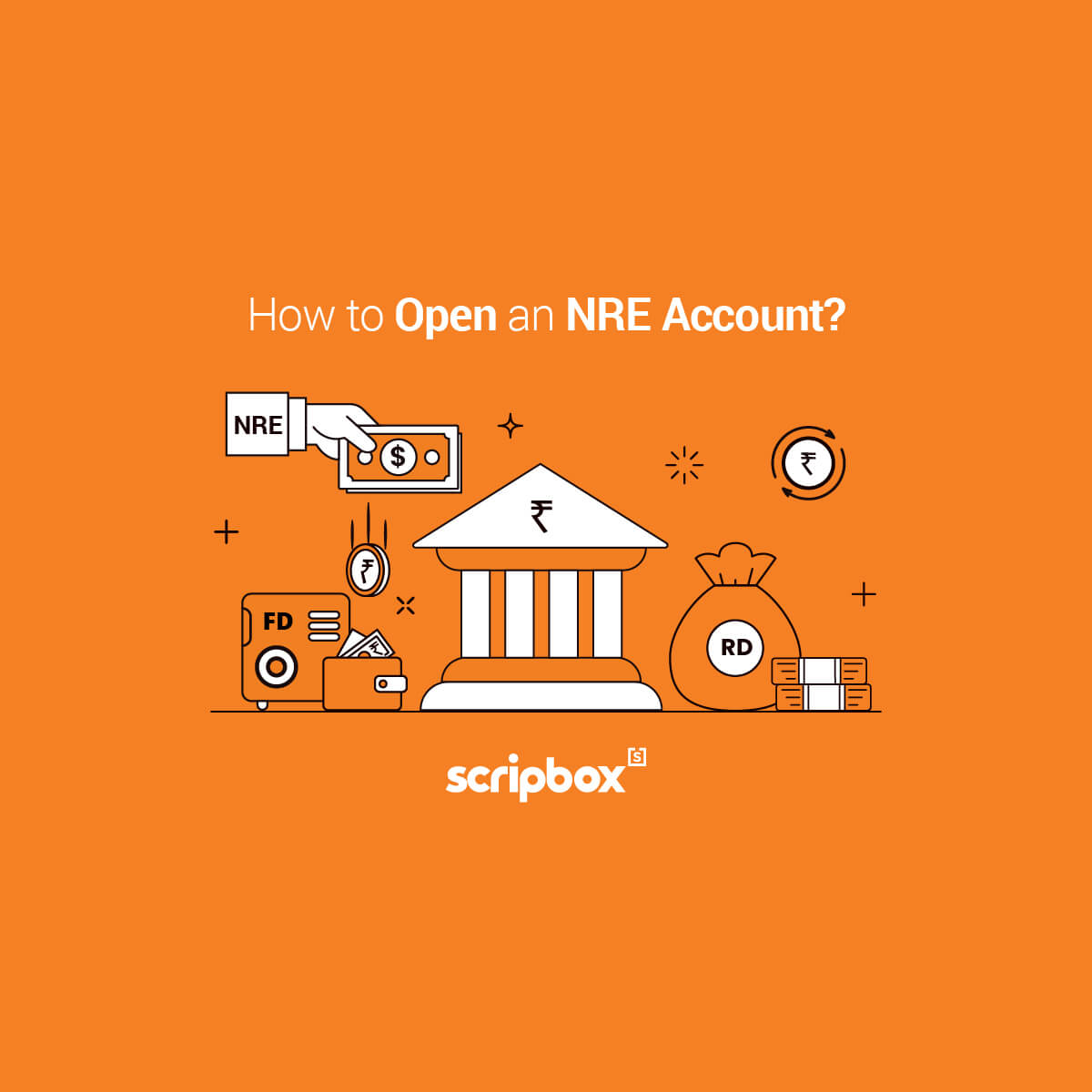There are so many companies listed on the stock market. But it gets very challenging for an investor to select which company to invest in. You need not rely on your instinct to invest. Still, you can go about it systematically using different financial tools. Some specific financial ratios you can use to evaluate a company are – return on equity, price to earnings ratio, earnings per share, price to book ratio and many more. In this article, we will discuss the Price to Book (P/B) Ratio along with its calculation, interpretation and disadvantages of using this ratio.
What is Price to Book Ratio?
The Price to book ratio or P/B ratio is a financial ratio that helps to compare the company’s current value to its book value. The company’s current market value is the stock price of all outstanding shares.
The book value is the amount that remains after liquidating all the assets and repaying all the company’s liabilities. Hence, a company’s book value is available from the balance sheet. This valuation ratio shows the company’s equity pricing in accordance with the market.
Simply put, this ratio shows the market’s perception of the stock’s value. Value investors commonly use this ratio and other metrics to determine whether the company’s stock is undervalued or overvalued. Also, the usage of the P/B ratio is to determine the real estate, financial, insurance companies, investment trusts, etc., showing assets on their balance sheet. This valuation ratio doesn’t work well for companies with asset-light, such as the technology sector.
How to Calculate Price to Book (P/B)Ratio?
The Price to Book ratio determines the relationship between the company’s total outstanding shares and the net value of assets reflected in the balance sheet. This ratio denotes how much the equity investors pay for each rupee in net assets.
Formula
P/B ratio = Market Capitalisation / Net Book Value
OR
P/B ratio = Market price per share / Book value of assets per share
To calculate this ratio, you must first determine the company’s current value of stock and the total number of outstanding shares, which is the market capitalisation
Where,
Market capitalisation = current market price of share x total number of outstanding shares
Secondly, you must determine the net book value of the company. To do so, you must add all the company’s liabilities and deduct them from the total value of debts and liabilities.
Net Book Value = Total Assets – Total Liabilities
Example
The stocks of Company ABC are trading at a market price of Rs. 95 per share. The total number of outstanding shares is 1000. As per the balance sheet, the total assets are Rs. 5,20,000 and the total liabilities is Rs. 4,10,000
Method 1:
Market Capitalisation = Rs. (95 x 1000) = Rs. 95,000
Net Book Value = Rs.(5,20,000 – 4,10,000) = Rs. 1,10,000
P/B Ratio = Rs. (95,000 / 1,10,000) = 0.86
Method 2:
Market Price Per Share = Rs.95
Book Value of Assets Per Share = Rs. (1,10,000/1000) = Rs.110
P/B Ratio = Rs. (95/110) = 0.86
Interpretation of Price to Book (P/B) Ratio
Generally, investors use this ratio to gauge the stock valuation. This ratio indicates whether the stock is trading in line with the company’s book value. However, you must not consider this valuation ratio in insolation. It can be used with other parameters. A company with a low/high price to book ratio can be interpreted as below.
Low P/B Ratio
A low P/B ratio signals that the stock is undervalued. This means that the stock is trading at a lower price in relation to the value of the company’s assets. However, as an investor, you must check why the market price of shares is lower than the book value.
For instance, the company shares may be undervalued because the business has suffered heavy losses or top management made poor investment decisions. Therefore, you must not pick companies because their P/B ratio is below one and consider them a value stock. You must find out why this ratio is low.
High P/B ratio
A high P/B ratio indicates that the company share trades at a premium price to its book value. For instance, if a company has a P/B ratio of 2, it means that the stock is trading two times its book value. As a result, the stock price is overvalued in relation to the company’s assets.
A company’s high share price also means high ROA (return on assets). But this also indicates that most of the company’s positive news is already priced in the stock. Thus, any positive result or news may not have much impact on the stock price.
This ratio provides a valuation check for investors seeking reasonable growth from companies. Also, this ratio is often used along with return on equity(ROE) because this ratio indicates how much profit is generated from the company’s assets. Any discrepancy between ROE and P/B ratio is a red flag. Furthermore, overvalued stocks have a combination of low ROE and high P/B ratio. Hence, if the company’s ROE grows, the P/B ratio shall also grow.
Disadvantages of Using Price to Book (P/B) Ratio
The following are the disadvantages of using Price to Book P/B Ratio –
- This ratio is more beneficial for capital-intensive companies which have a significant amount of assets on their books. It does not consider intangible assets for calculation. For instance, the IT industry has more intangible assets like patents, intellectual property, goodwill, etc., on its balance sheet. Thus, the P/B ratio increases when there are lesser tangible assets. It shows that the stock is overvalued, and you will analyse it incorrectly.
- Book value does not offer the proper insight for companies having high debt levels. Debt can boost the company’s liabilities by wiping out the book value of assets. Thus, it shows a higher P/B ratio. Therefore, you must analyse other ratios like interest coverage and debt ratios that give insights into high-leverage companies.
- The asset price that appears on the company’s balance sheet is the cost price. However, some companies may tend to underestimate or overestimate the asset’s market price. This may lead to inaccurate P/B ratio results. Therefore, investors must look at the debt to equity ratio and price to earnings ratio to analyse company shares correctly.
- There are other limitations of using this ratio, i.e. if the company made any recent write-offs, acquisitions, or buybacks, the book value might be inaccurate.
To conclude, determining this ratio does not give a holistic picture of the company. It only indicates whether the company is undervalued or overvalued. Also, this ratio has to be compared with peers within the same industry. Lastly, using this ratio with other valuation metrics gives a better analysis of picking a stock for investment.
Discover More
Related Articles
- What is Price to Book Ratio?
- Confused if your portfolio is performing right enough to meet your goals?
- How long have you been investing in mutual funds?
- What is your current portfolio size?
- What is your approximate annual household income?
- Your profile does not qualify for a call with a Financial Expert.
- How to Calculate Price to Book (P/B)Ratio?
- Interpretation of Price to Book (P/B) Ratio
- Disadvantages of Using Price to Book (P/B) Ratio























Show comments